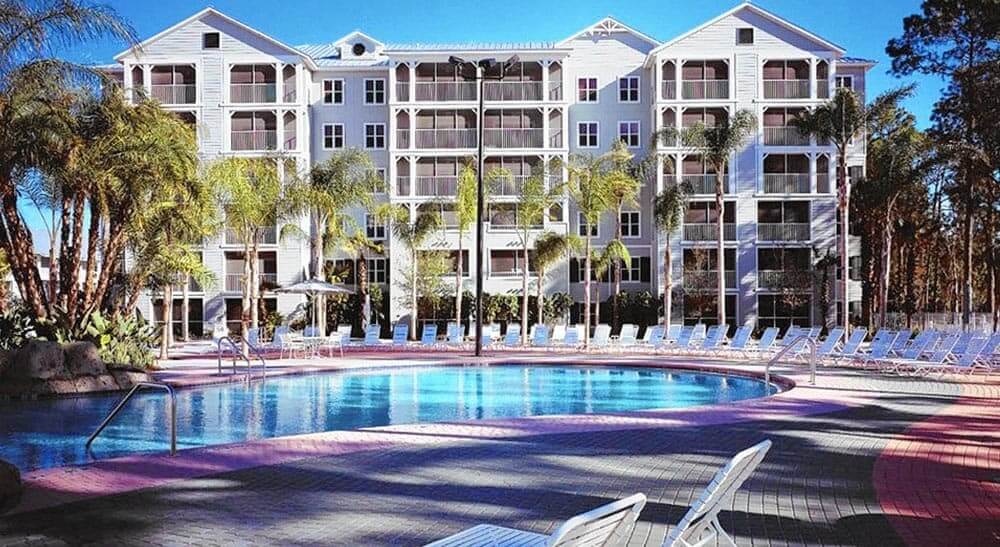Have you heard the term fractional ownership and are not quite sure what the means? Are you wondering if fractional ownership is a timeshare or something else? Both Fractional ownership and traditional timeshares are based on shared ownership models, but there are major differences between the two investment types. Let’s cover some of the major distinctions between fractional ownership and traditional timeshares here.
Property size
For the most part, traditional timeshares are based on a business model so that each unit will have up to fifty-two owners. This means each owner only gets to spend one or possibly two weeks per year at their property. This is quite different when compared to fractional properties. Fractional properties only have four to sixteen owners per unit, so you are allowed much more time per year at your property if you invest. Fractional owners often vacation between three to twelve weeks per year at their property, and timeshare owners can only go for a week or two. This is a major difference between fractional ownership and traditional timeshares.
Maintenance and Upkeep
With so many owners involved in a traditional timeshare, it is harder to keep your unit in good working condition. With a new family coming in nearly each week, it is to be expected that traditional timeshare properties wear out much faster. It is hard to know which owners will treat the property with respect and keep it clean and tidy while on vacation when so many parties are involved. On the contrary, with significantly less owners having a stake in fractional properties, the upkeep is generally easier and properties stay in good working order much longer.
Personalized Attention
Fractional property owners also experience more relaxed vacations since they get to enjoy the property for longer periods of time. You also get to know the staff better, and soon crew members will be calling you by name each time you visit your investment property. On the other hand, timeshare owners spend so little time at their property it is next to impossible to get to know staff members and enjoy that cozy feeling that comes with familiarity. Most timeshare developments have hundreds of units at each location and the quick turn over between owners may not be for everybody. Interested in a more intimate and exclusive environment? If so, fractional properties would be a better fit for you. Timeshare owners also feel less emotionally connected to their property because they can only spend one week per year at the property. Fractional property owners visit anywhere between three to twelve weeks each year and feel a sense of pride and loyalty to their second home.
Higher End Amenities
Another big difference between fractional ownership and traditional timeshares is that fractional properties are usually better made and come with superior furnishings and fixtures. You also have access to better amenities and services, and the fractional ownership units have the best location within a resort. As the required income for fractional ownership is $150,000 USD per year versus $75,000 USD per year for timeshare ownership, you get what you pay for. Fractional owners tend to be more demanding than traditional timeshare owners and expect personalized service and attention to detail in all areas related to their fractional property. Higher standards of service are expected since the investment level is much higher than with a traditional timeshare investment.
As you can see, there are many notable differences between traditional timeshare ownership and fractional ownership. Which shared property investment type are you most interested in?




